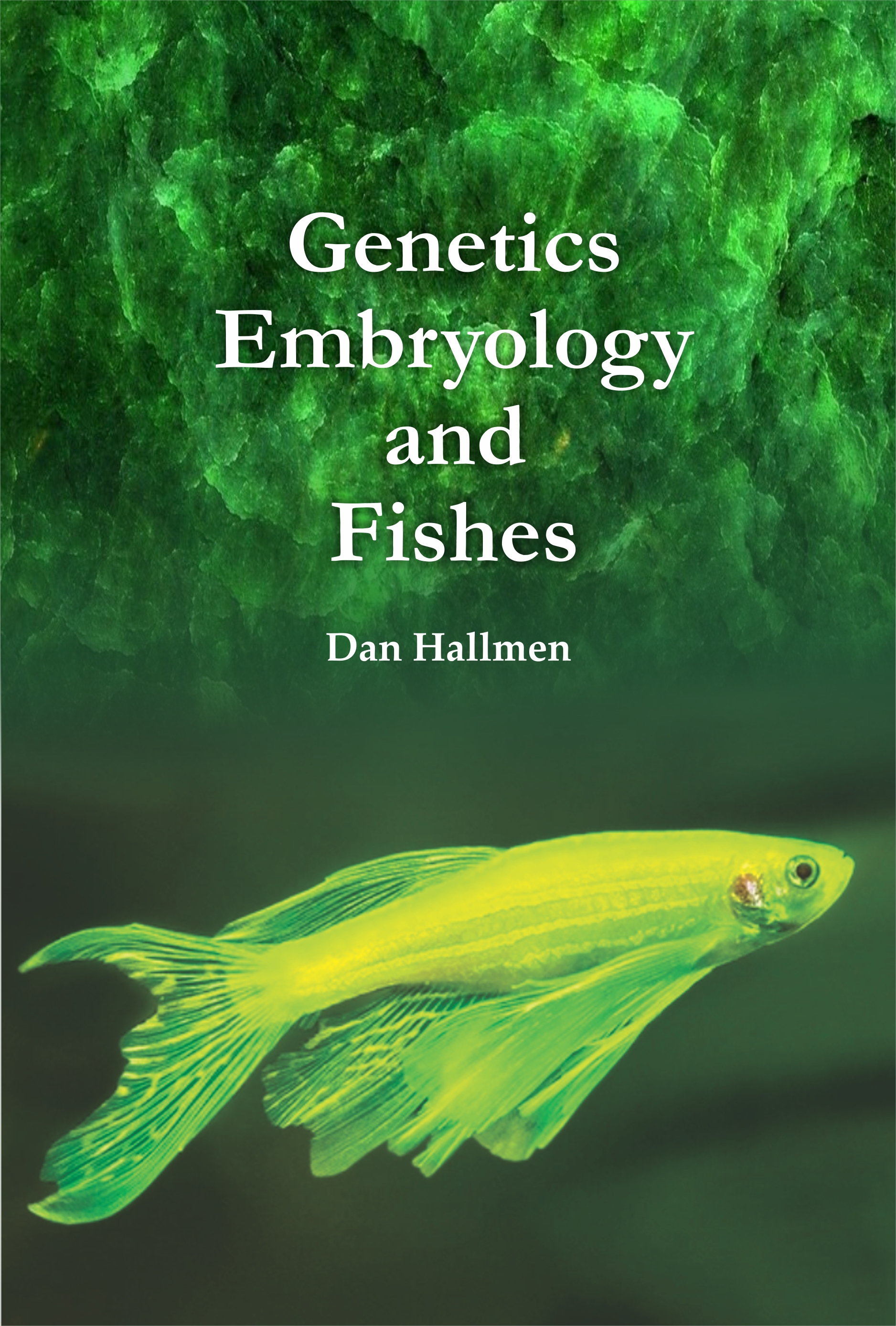Genetics Embryology and Fishes deals with the molecular aspects of genetics, how it is used in the developmental processes. Fishes, the biggest and most diverse community in vertebrates are good experimental models for studies of cell and developmental biology by many favourable characteristics. Fish embryonic development begins after inception with the zygote period. After a period of prominence during the nineteenth and early twentieth centuries, the study of fish development, except in the hands of a stalwart few such as Oppenheimer and Trinkaus working with Fund ulus and Ballard and Devillers working with the trout and other fishes, was overshadowed by developmental studies of other organisms, such as amphibians, the domestic fowl, sea urchins, and assorted invertebrates. Various representations are utilized to help pass on current thoughts. Genes and gene items related with layer channels, atomic flagging falls, translation elements and more are characterized here. The creators clarify the significance of genes, sub-atomic flagging and cell associations to typical improvement and also to human inward ear sickness including deafness and adjust issue. The detonating measure of new data on formative sub-atomic systems is incorporated with new and since quite a while ago settled disclosures about useful and anatomical changes amid ontogeny. Recent advances in fish cytogenetics have upgraded the enthusiasm for chromosome examination in both crucial (systematics and near genomics among angles and other vertebrate gatherings) and connected (aquaculture, preservation and reaction to poisons, entire genome sequencing of model fish species) investigate. Despite the fact that the genomic material, the chromosomes, is fundamentally the same in the different creatures, encounter has plainly demonstrated that fish chromosomes must be taken care of with particular conventions. This book is a foundational, illustrative survey of troublesome ideas in genetics and embryology as they apply to the ear and tactile organs serving hearing and adjust. The matter and language has been deliberately kept simple by minimizing the use of mathematical models, graphs and charts to suit the liking of a common zoology student. The book will be proved to be a boon for the readers, students as well as teachers.



















